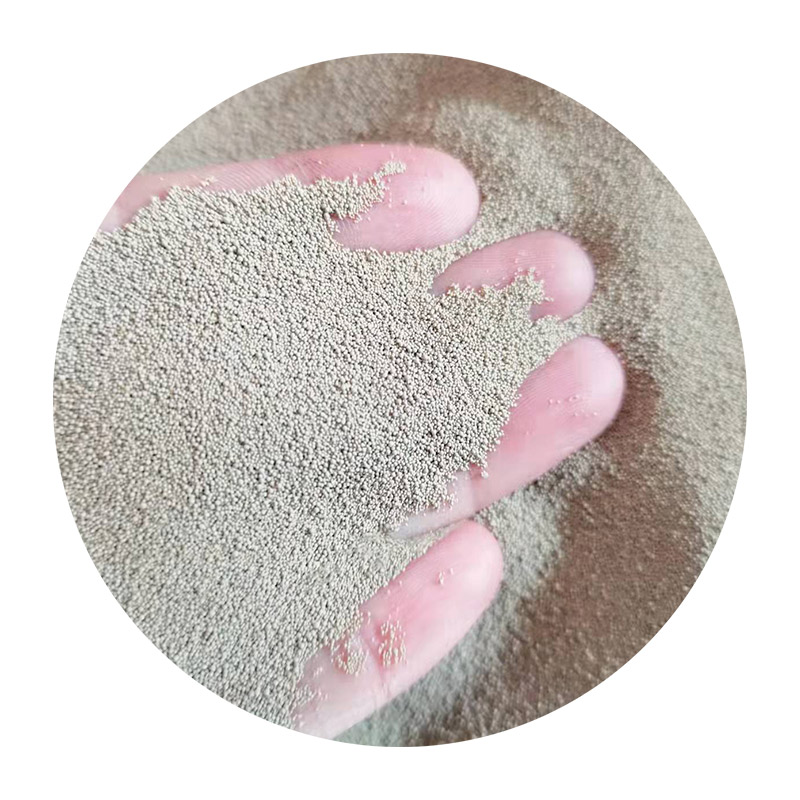Investment Casting Sand A Key Component in Precision Metal Casting
Investment casting, also known as lost-wax casting, is a highly versatile and precise manufacturing process used to create complex metal parts and components. One of the lesser-discussed yet crucial elements of this process is the sand used in investment casting. This article explores the role of investment casting sand, its types, properties, and significance in delivering high-quality castings.
Understanding Investment Casting
Before delving into the specifics of casting sand, it is essential to understand the investment casting process. In this method, a wax pattern is coated with a refractory ceramic material to create a mold. Once the mold is formed, the wax is melted and drained away, leaving a hollow cavity in the shape of the desired part. Molten metal is then poured into this cavity, where it solidifies, and the ceramic shell is eventually broken away to reveal the finished product.
The Role of Sand in Investment Casting
While investment casting predominantly employs ceramic materials for mold creation, sand can play a vital role in different aspects of the process, especially in certain hybrid techniques that incorporate sand molds. Investment casting sand can be considered in terms of its use for producing patterns, providing cost efficiency, and creating complex geometries effectively.
Types of Investment Casting Sand
Investment casting sand generally falls into several categories based on its properties and applications. Some of the prominent types include
1. Silica Sand The most commonly used type due to its high melting point and excellent thermal stability. Silica sand is typically used for making molds that require high precision.
2. Zircon Sand Known for its outstanding mechanical strength and resistance to thermal shock, zircon sand is often used in high-temperature applications, such as aerospace and automotive components.
3. Chromite Sand This sand offers superior thermal conductivity and is commonly employed in steel and iron casting processes.
investment casting sand

The choice of sand type is crucial depending on the casting requirements, including the thermal properties, the desired surface finish, and the overall dimensional accuracy of the finished part.
Properties of Investment Casting Sand
Several key properties make investment casting sand ideal for use in foundries
- Grain Shape and Size The shape and size of sand grains affect the fluidity of the mixture and the mold’s ability to replicate intricate details. Finer grains generally produce smoother surface finishes.
- Thermal Stability The sand must withstand the high temperatures of molten metal without deforming or compromising the mold structure.
- Cohesiveness Good binding properties help maintain the integrity of the mold, preventing unwanted cracks or shifts during the metal pouring process.
Significance of Investment Casting Sand
The quality of the investment casting sand directly impacts the overall casting quality. Molds created from high-quality sand yield parts with superior dimensional accuracy and surface finish, reducing the need for secondary machining processes. This not only enhances the efficiency of production but also decreases manufacturing costs in the long run.
Moreover, by selecting appropriate sand materials, manufacturers can improve the casting process's sustainability. For instance, utilizing recycled sand in conjunction with high-quality additives can reduce waste and lower the environmental footprint of the casting operation.
Conclusion
Investment casting sand, while often overlooked, plays an essential role in shaping the efficiency, quality, and sustainability of the casting process. Understanding the types, properties, and significance of this material empowers manufacturers to make informed choices that enhance their production capabilities. As the demand for high-precision components continues to grow across various industries, leveraging the benefits of investment casting sand will remain a vital consideration for future advancements in metal casting technology.
Post time:Dec . 10, 2024 05:25
Next:sand casting description
